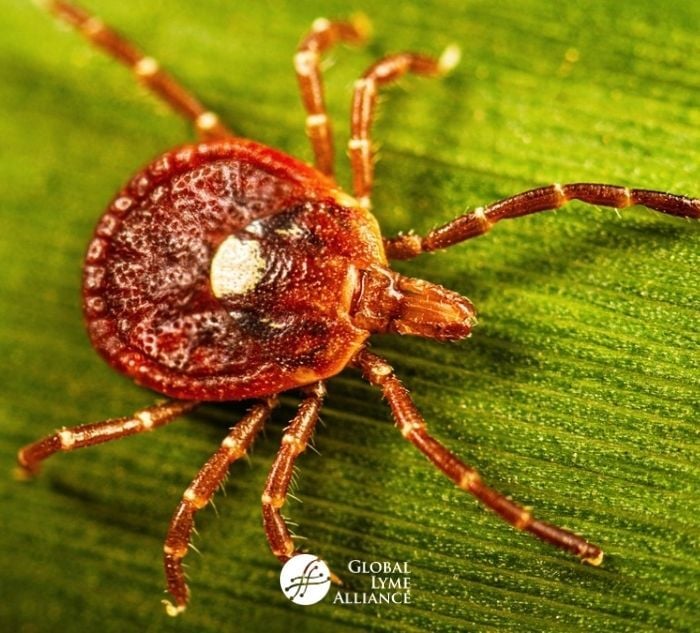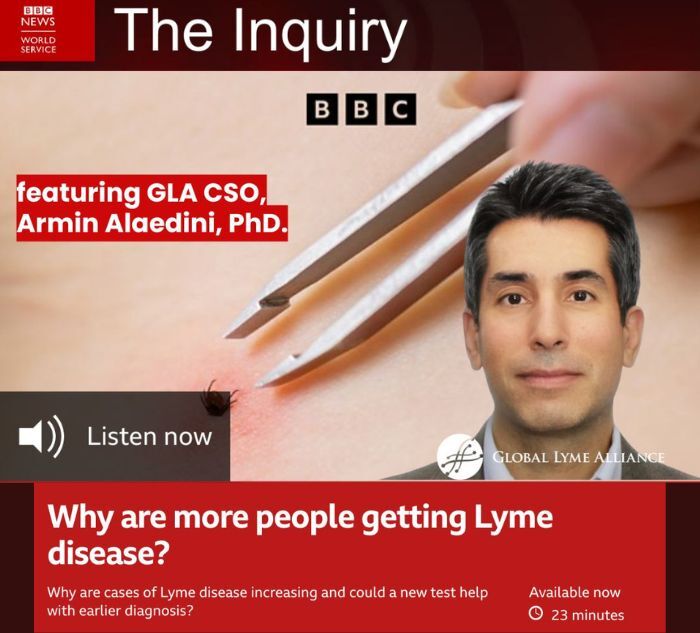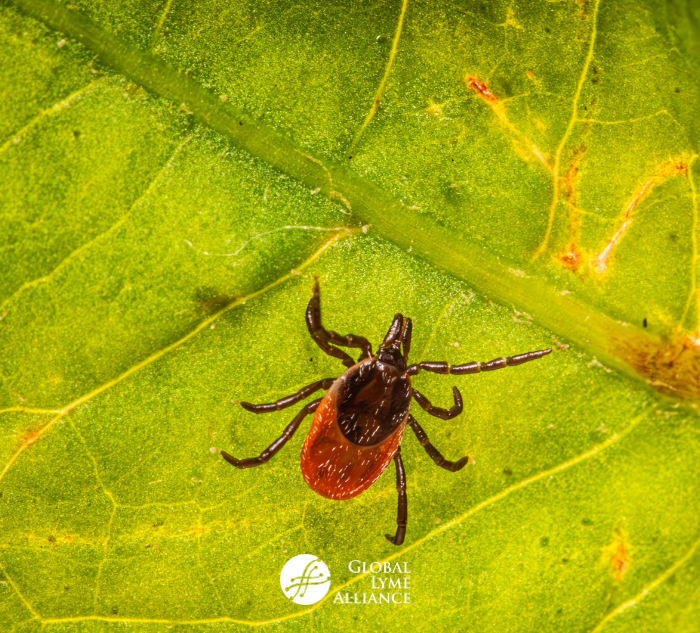
Update on the Mode family from the Lyme documentary, I'm Not Crazy, I'm Sick, highlighting their ongoing struggles with treatment access, financial hardships, and hopes for a better future.
The Lyme disease documentary I’m Not Crazy, I’m Sick is a sobering depiction of the devastating havoc that tick-borne illness can wreak on individuals and families. As I noted in my May 2023 review, the film showcases the struggle for treatment access, the financial turmoil, the family strife, and the physical and neurological pain experienced by patients from all walks of life. I’m Not Crazy, I’m Sick continues to bring visibility to the oft-invisible struggles of a misunderstood disease.
"Cody and his wife Learose both have multiple tick-borne illnesses, and their five children—all of them—are also infected."
And while it may have brought some publicity to the patients in the film, their struggles with Lyme disease go on. This past week, I had the chance to catch up with Cody Mode, whose family is featured in the documentary. Cody and his wife Learose both have multiple tick-borne illnesses, and their five children—all of them—are also infected. In the film, the family is living in rural Maine, learning of tick-borne disease diagnoses and trying to begin treatment while managing the complexities of life on their farm.
It wasn’t easy then, and unfortunately, it isn’t easy now. In the film, the family had been working with a Lyme Literate Medical Doctor (LLMD), but that provider got caught in the political and financial quagmire that often besets Lyme doctors, and closed their practice. The same thing happened to a second LLMD with whom the family was working. Now the family finds themselves again searching for medical help, as well as funding for it. They’ve received some grants, such as from the LymeLight Foundation, for which they’re very grateful. But as Cody says, “When you’re splitting it with seven people, it runs out.”
In addition to barriers to treatment, the family has suffered additional blows that make breaking a cycle of poverty compounded by chronic illness impossible to break. From a sudden loss in Learose’s family to mounting utility bills leading to electricity shut-off and mold growing in their home—compromising their health even more—the family just can’t seem to get a break. “It’s been really rough for all of us,” Cody says. “I’m trying. We just keep getting hit with more and more and more.”
Cody is indeed trying desperately to make enough money to support his family and their health. With no work to be found in their hometown, Cody has had to live away from the family at times, working jobs in Connecticut, Massachusetts, and New York to send money home. He does mechanical work on cars, runs excavators, helps on houses and projects like clearing properties, and works on farms. “Anything that needs to be done, I’m doing it,” Cody says. “I’m working 13, 14-hour days.” The long hours and physical labor take their toll, especially on someone with Lyme and other tick-borne diseases. “It’s really hard because I don’t feel well. I come home and crawl up the stairs on my hands and knees because I’m in so much pain.”
Cody also notes a common issue for many Lyme patients: waxing and waning symptoms can make us unreliable. Cody has attempted steady work like driving for UPS, but his own physical unreliability made such a job impossible to sustain, and he doesn’t find much understanding from potential employers who aren’t Lyme literate. “Either I’m home and I don’t have the funds, or I’m away trying to make enough money and not with my family and not taking care of my own health. I can’t afford to take care of my family and take care of myself. I do everything I can and it’s just not enough. Everything takes money, and a lot of it.”
To make matters worse, Cody has gotten several more tick bites while working jobs on farms and in the woods. His children’s symptoms continue to decline. Aged four to 13, Cody and Learose's kids wrestle with symptoms ranging from sensory issues to facial palsy to burning pain to Lyme rage. Their youngest daughter recently had to undergo a serious ablation procedure due to cardiac complications of Lyme. Ironically, everyone else’s health started to improve while she was in the hospital, because the family was able to stay in a nearby hotel that gave them a stable, clean environment together, away from the mold in their home.
Cody’s dream is to be able to get a small plot of land elsewhere, near work for him, where they can start fresh. And, of course, he wants to be able to provide treatment for his children. “The kids are young. They have a chance. The longer you go without treatment, the harder it’s going to be,” he says.
"Lyme patients are not lazy. They’re not faking. They’re not crazy, they’re sick."
Cody also knows that his story is all too familiar for other Lyme patients, especially those who are up against treatment barriers. He wishes others could feel the pain of someone with Lyme disease for just a second, to understand that Lyme patients are not lazy. They’re not faking. They’re not crazy, they’re sick.
Despite his own barriers, Cody tries to hold out hope, even on the really hard days. “I’m waiting for a miracle, for some help, at least for the kids. If I could just get them some help, that would make me feel better.”
Global Lyme Alliance holds out hope, too, for better treatment, better treatment access, and less suffering for Lyme patients. For information on financial assistance available to Lyme patients, see https://www.globallymealliance.org/lyme-patient-support/financial-assistance/
***

Jennifer Crystal
Writer
Opinions expressed by contributors are their own. Jennifer Crystal is a writer and educator in Boston. Her work has appeared in local and national publications including Harvard Health Publishing and The Boston Globe. As a GLA columnist for over six years, her work on GLA.org has received mention in publications such as The New Yorker, weatherchannel.com, CQ Researcher, and ProHealth.com. Jennifer is a patient advocate who has dealt with chronic illness, including Lyme and other tick-borne infections. Her memoir, One Tick Stopped the Clock, was published by Legacy Book Press in 2024. Ten percent of proceeds from the book will go to Global Lyme Alliance. Contact her via email below.







-2.jpg)